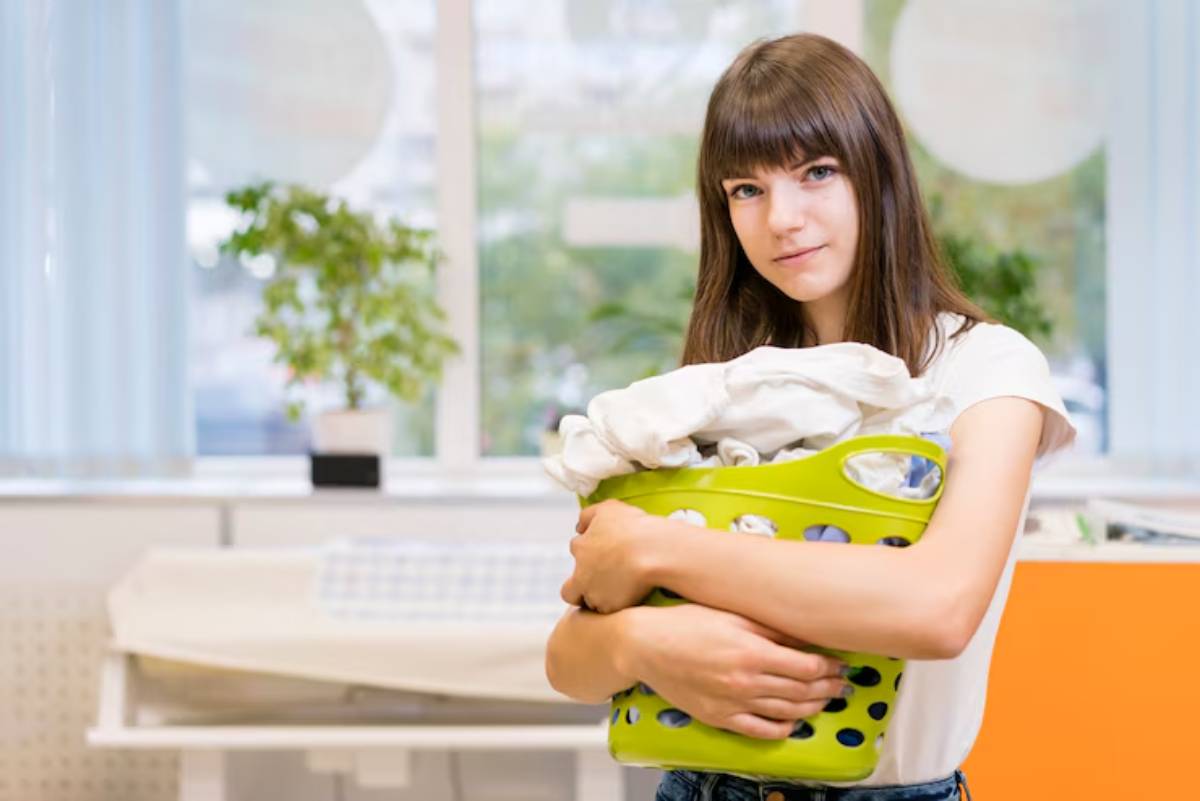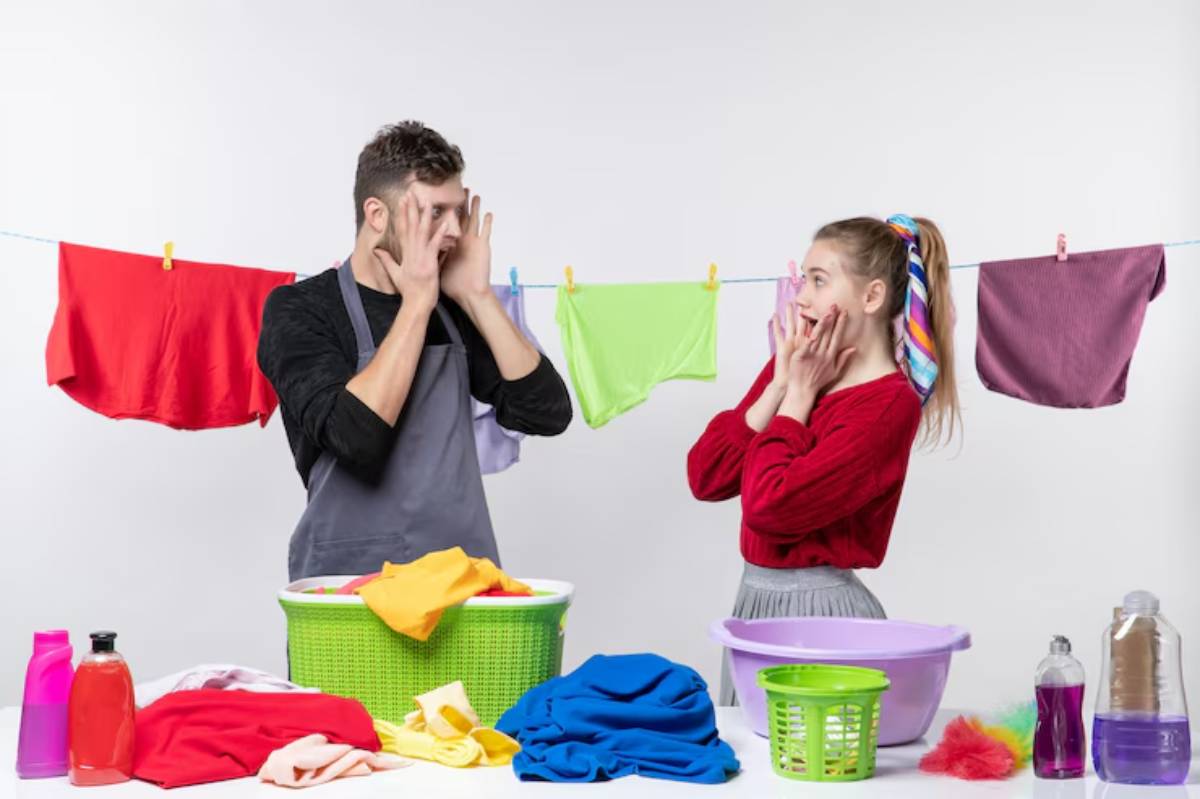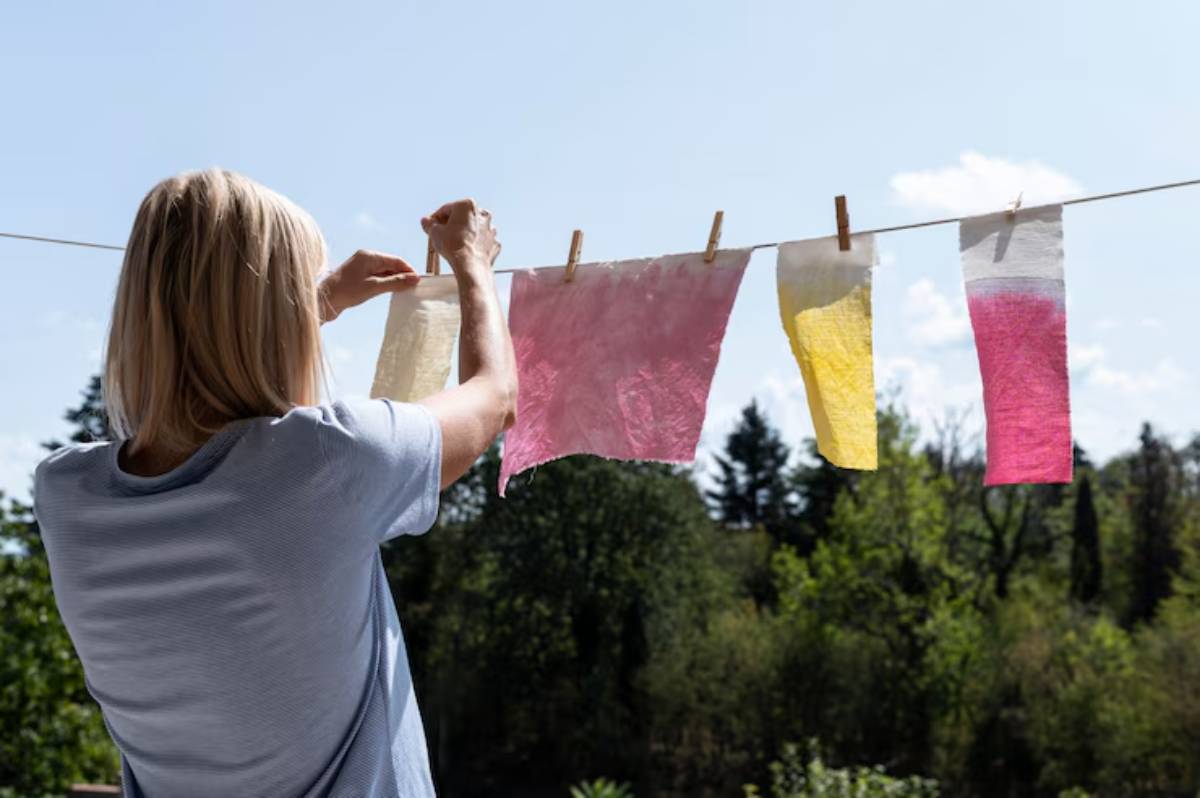
How to Spot Greenwashing in Fashion Brands
You’re scrolling through your favourite clothing website when a banner flashes:
“Sustainably made.” Below it, a model wears a dress tagged as “eco-friendly,” and the product description promises “planet-positive materials.” It sounds great—until you notice it’s part of a fast fashion brand releasing hundreds of new items weekly.
Welcome to the murky world of greenwashing in fashion.
As sustainability becomes a top priority for consumers, many brands are racing to appear environmentally responsible without necessarily changing their core practices. These misleading claims, often disguised with vague buzzwords and attractive imagery, are known as greenwashing.
In this article, we’ll explain how to recognise these deceptive tactics, why they matter, and how to become a more conscious, confident shopper. Consider this your go-to eco shopping guide for decoding brand promises and aligning your wardrobe with your values.
What Is Greenwashing?

The Definition
Greenwashing occurs when a company falsely presents itself as environmentally friendly to attract eco-conscious consumers without committing to substantial or verifiable environmental practices.
It’s not always about blatant lies.
More often, greenwashing involves:
- Vague language (e.g., “natural”, “clean”, “green”)
- Unverified claims (e.g., “sustainable fabric” with no source)
- Distracting tactics (highlighting one “green” collection while ignoring unethical operations elsewhere)
In fashion, where complex supply chains are the norm, greenwashing can be difficult to spot—but essential to uncover.
Why Greenwashing in Fashion Is Harmful

It Misleads Consumers
You want to make better choices. But when brands use marketing to mask their impact, you may end up supporting unsustainable practices while thinking you’re doing the right thing. This erodes trust and makes ethical decision-making harder.
It Stifles Real Progress
When large brands pretend to be sustainable, they overshadow smaller, genuinely ethical companies. This diverts funding, attention, and growth from businesses that are actually committed to systemic change.
It Perpetuates Fast Fashion
A common greenwashing tactic is to launch “eco collections” or “recyclable labels” while continuing to produce thousands of garments per week. This masks the overproduction and underpayment still driving the business model.
Common Greenwashing Tactics to Watch For

Understanding the red flags is key to making informed choices. Here’s what to look out for when shopping or reviewing a brand’s sustainability claims.
1. Vague or Undefined Language
Words like “eco-friendly”, “conscious”, and “green” are appealing—but without context, they mean nothing.
Ask yourself:
- What does “eco” mean here?
- Is there a specific explanation or third-party certification attached?
Look for precise terms like “GOTS-certified organic cotton” or “recycled polyester from post-consumer waste,” not just fluffy adjectives.
2. Hidden Trade-offs
Some brands highlight one sustainable feature while ignoring others.
For example:
- A “vegan leather” handbag made from plastic-based PU (which doesn’t biodegrade)
- A recycled collection is still made under unethical labour conditions
- Organic cotton tees are sold in plastic packaging and flown internationally
Holistic sustainability goes beyond materials. Ethical fashion considers workers, transport, packaging, and waste, too.
3. Lack of Transparency
If a brand doesn’t share detailed information about its supply chain, factories, or sourcing practices, that’s a red flag.
Transparent brands usually provide:
- Factory locations and working conditions
- Third-party audits or certifications (e.g., Fair Trade, SA8000)
- Fibre origins and environmental impact assessments
Without these, it’s hard to assess whether their claims are credible.
4. A Single “Conscious” Line in a Sea of Fast Fashion
If only one collection is marketed as ethical while the rest of the site churns out weekly trends, you’re likely seeing greenwashing.
This tactic gives the illusion of progress while avoiding meaningful systemic change.
Tip: Check what percentage of the brand’s entire offering is “sustainable.” If it’s under 10%, be sceptical.
5. No Proof of Progress
Are brands backing up their claims with data, timelines, or goals?
If they say they’re “working towards carbon neutrality,” look for a:
- Specific year for completion
- Third-party measurement framework
- Year-on-year progress report
Without these, it may be performative.
Questions to Ask Before Buying
Here’s a quick ethical brand shopping checklist to keep in mind before making a purchase:
- What materials are used—and are they clearly defined?
- Who made this garment, and under what conditions?
- Is the information detailed and verifiable, or generic and vague?
- Does this brand have long-term commitments or just buzzwords?
- Is this piece designed to last, or is it chasing trends?
If a brand doesn’t answer these questions, it might be time to shop elsewhere.
Certifications That Can Help You Navigate the Noise
When done right, certifications offer third-party validation and accountability.
Here are some to look for:
- GOTS (Global Organic Textile Standard): For organic fibres with strict social and environmental standards.
- Fair Trade Certified: Ensures fair wages, safe working conditions, and sustainability.
- OEKO-TEX: Tests textiles for harmful substances.
- B Corp: Measures social and environmental impact across the entire company.
- Cradle to Cradle Certified: Focuses on circular design and sustainability throughout a product’s lifecycle.
Keep in mind that smaller brands might not afford certifications, but they can still be ethical—check their transparency and storytelling.
Ethical Alternatives: What Real Sustainability Looks Like
1. Transparency as a Foundation
Ethical brands are usually proud to share their behind-the-scenes processes.
They might:
- Name their suppliers and fabric mills
- Share wages, hours, and factory audit results
- Post annual impact reports
If you’re exploring your first steps into conscious fashion, reading brand values can be as important as reading fabric labels.
2. Designed for Longevity
Sustainable pieces are built to last. They avoid fleeting trends, rely on classic silhouettes, and use high-quality stitching and materials.
Some brands even offer:
- Repair services
- Buy-back or resell programmes
- Wash and care guides to extend lifespan
Look for language around “investment dressing,” “timeless essentials,” or “versatile basics.”
3. Fair Pricing and Supply Chain Ethics
Many ethical brands explain why their prices are higher. They might break down the cost of materials, labour, and packaging, offering full transparency into their margins.
These insights aren’t just informative—they’re empowering.
To explore ethical shopping options for your family, check out this piece on affordable sustainable fashion brands for kids for practical, trustworthy alternatives.
Influencers Are Fighting Greenwashing Too
Sustainability influencers now use their platforms to hold brands accountable. Many review green claims, decode certifications, and educate followers on how to navigate confusing marketing.
If you’re not sure where to start, consider following creators who focus on slow fashion, upcycling, and transparency. They offer both style inspiration and a reality check.
For example, our guide to how influencers are making green fashion cool explores the positive impact of digital voices on brand accountability and public awareness.
How Consumers Are Fighting Back
It’s not just influencers. Shoppers like you are becoming more discerning—and vocal.
Movements gaining momentum include:
- #WhoMadeMyClothes (originating from Fashion Revolution)
- #PayUp (advocating for garment workers’ rights)
- Good On You app (rating brands for ethics and sustainability)
You don’t need to be an expert to join the conversation. Asking questions, reading labels, and choosing wisely is activism in itself.
Conclusion: How to Spot Greenwashing in Fashion Brands
Greenwashing in fashion is everywhere—but so are the tools to spot it. As consumers grow more conscious, brands can no longer rely on vague language, half-hearted campaigns, or eco-aesthetic fluff to sell their products.
By learning to decode green claims, asking better questions, and supporting brands rooted in integrity, you’re not just shopping—you’re voting for a different kind of fashion future.
So next time you see a T-shirt labelled “planet-friendly,” pause. Look deeper. Trust your instincts. Because real sustainability doesn’t shout—it shows.
Ready to clean up your closet? Let curiosity and consciousness lead the way.


